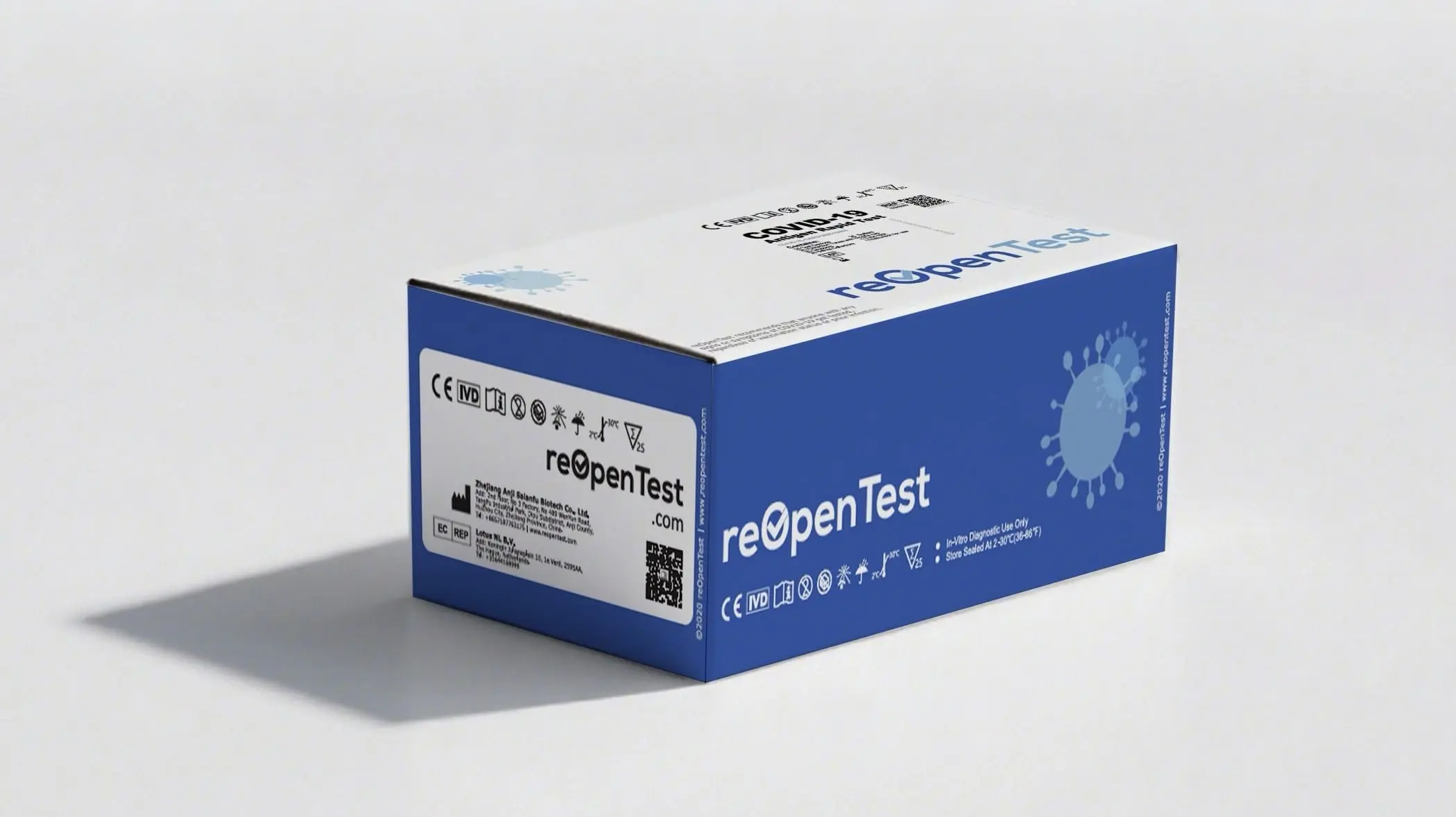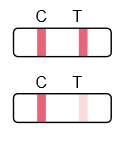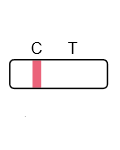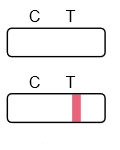Dog Dander Allergy Rapid Test
Quickly detect dog dander-specific IgE antibodies in whole blood or serum with our easy-to-use rapid test.

Why Choose reOpenTest Others Kits?
Our tests are engineered for accuracy, reliability, and ease of use, ensuring confidence in every result.
Rapid Results
Results available in just 10-15 minutes.
Simple Procedure
Easy-to-use format requires minimal training.
Aids Diagnosis
Helps healthcare professionals assess dog dander allergy likelihood.
Product Overview
The Dog Dander Allergy Rapid Test is an in vitro diagnostic immunoassay for the qualitative detection of IgE antibodies specific to dog dander in human serum or whole blood. It aids in the diagnosis of dog allergies by providing a visual indication of the presence or absence of dog dander-specific IgE antibodies.
Technical Specifications
| Detection Target | IgE antibodies specific to dog dander |
|---|---|
| Sample Type | Whole blood or Serum |
| Methodology | Immunochromatography |
| Detection Range | Positive/Negative |
| Reaction Time | 10-15 minutes |
| Storage Conditions | 2-30u00b0C |
| Shelf Life | 18 months |
Procedure & Interpretation
Step-by-Step Procedure
- Collect whole blood or serum sample.
- Apply sample to the test device.
- Wait 10-15 minutes.
- Read and interpret the results.
Result Interpretation



Frequently Asked Questions
Technical Documents
Download product inserts and brochures for detailed information.
Partner with reOpenTest
Provide your clients and patients with reliable diagnostic solutions.
Contact us today for bulk pricing and distribution opportunities.